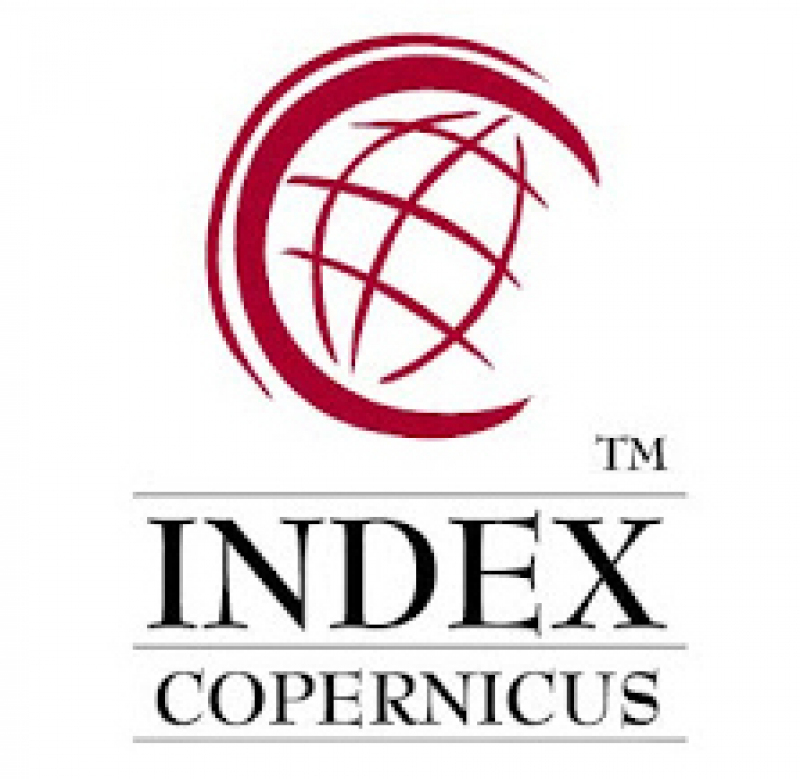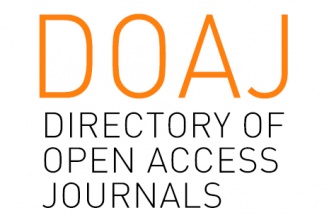Punishment for Sexual Assault in Afghan Law
Abstract
Sexual assault is one of the most significant crimes that not only jeopardizes public order and morality but also deeply wounds human emotions and feelings, often trapping its victims in severe mental and psychological illnesses for many years. Although the Penal Code prescribes long-term imprisonment, life imprisonment of the first degree, life imprisonment of the second degree, and even the death punishment in cases of gang rape of a woman or gang rape of a man resulting in the victim's death, for the perpetrator. The Penal Code divides the punishment for sexual assault into two categories: Hadd (fixed punishment) and Ta'zir (discretionary punishment). If the conditions for applying the Hadd penalty are not met in a sexual assault crime, or if it is invalidated due to doubt or any other reasons, the perpetrator is sentenced to Ta'zir punishment. Perpetrators of Hudud crimes, according to paragraph 2 of article 2 of the Penal Code, are punished according to the Hanafi jurisprudence of Islamic Sharia. However, the Hadd punishment for sexual assault differs significantly from the perspectives of Hanafi and Jafari jurisprudence. According to Hanafi scholars, there is no independent title for the punishment of sexual assault; rather, the punishment depends on whether the perpetrator is married or unmarried. On the other hand, Jafari scholars prescribe the punishment of death by sword or another lethal weapon for the crime of sexual assault. The Penal Code considers various Ta'zir punishments for the perpetrator of sexual assault, which will be discussed.
Keywords
Full Text:
PDFReferences
The Holy Quran.
Stanakzai, Nasrullah et al. (2010). Dictionary of Legal Terms, Kabul: Kabul University Publications.
Arjang, Chalabi. (2012). Legal Analysis of the Crime of Sexual Assault. Journal of Criminal Law Principles.
Al-Karbasi, Muhammad Ibrahim. (1990). Manhaj al-Usul, Vol. 4, Beirut: Dar al-Balaghah Publications.
Bijanordi, Mohammad Mousavi. (2010). Examination of the Concept and Criteria of Childhood in Islamic Thought and Iranian Laws. Matin Journal.
Jafar, Najmuddin. (1998). Mukhtasar al-Nafi', translated by Seyyed Mohammad Najafi Yazdi and Saeed Rezamajd. Vol. 2.
Jafari Langroudi, Mohammad Jafar. (2006). Legal Terminology, Tehran: Ganj-e Danesh Publications.
Zayi, Ghulam Haider. (2015). Crimes Against Dignity, Kabul: Kabul University Publications.
Salimi, Mir Reza. (2016). Sexual Crimes from the Perspective of Criminal Psychology, Tehran: Amir Kabir Publications.
Sayyid, Saqib. (2015). Hudud and Tazirat in Islam, translated by Mahmoud Ebrahimi, Kabul: Mustaqbal Publications.
Shahid Thani, Zayn al-Din ibn Ali. (2015). Al-Rawdah al-Bahiyyah, translated by Akbar Nayebzadeh, Tehran: Khorsandi Publications.
Sabooni, Mohammad Ali. (2010). Interpretation of Legal Verse Rulings, Vol. 2, translated by Farzad Parsa, Tehran: Kurdistan Publications.
Amidi, Hasan. (2002). Persian Dictionary, Vol. 1, Tehran: Amir Kabir Publications.
Abbasi Kalimani, Atifeh. (2018). Abortion Due to Violent Rape, Nedaye Haq Journal.
Audeh, Abdul Qadir. (2015). Comparative Study of Islamic Criminal Law and Customary Laws, Vol. 2, translated by Hassan Farhoudi Nia, published by Ehsan Publications.
Kazemi, Ali Jawad. (2019). Sexual Assault in Afghan Law with an Emphasis on Criminal Code, Master's Thesis, Faculty of Law and Criminology, Kabul University.
Convention on the Rights of the Child (1998).
Kousha, Jafar. (2012). Abuse of Authority Contrary to Law and Regulations, Journal of Criminal Law Research.
Mir Khalili, Seyyed Mahmoud, Mohammad Reza Jalali. (2016). Forensic Analysis of Crimes Motivated by Religion, Journal of Private and Criminal Law Research.
Ministry of Justice. (1976). Civil Law, Kabul: General Directorate of Publications and Public Relations.
Ministry of Justice. (2017). Criminal Code, Kabul: General Directorate of Publications and Public Relations.
DOI: http://dx.doi.org/10.18415/ijmmu.v12i9.7160
Refbacks
- There are currently no refbacks.
Copyright (c) 2025 International Journal of Multicultural and Multireligious Understanding

This work is licensed under a Creative Commons Attribution-NonCommercial-NoDerivatives 4.0 International License.
https://ijmmu.com
editor@ijmmu.com
facebook.com/ijmmu
Copyright © 2014-2018 IJMMU. All rights reserved.



































